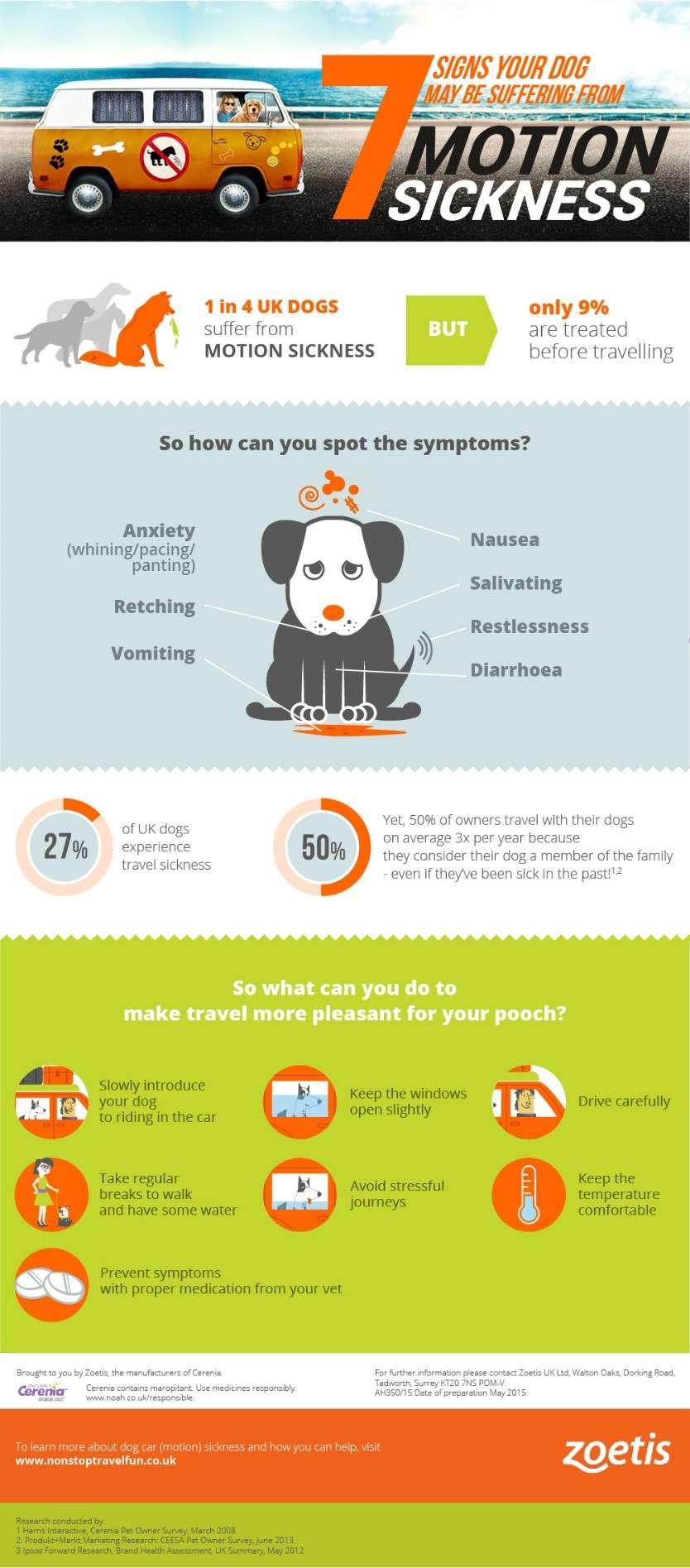Key Takeaways:
- Zoomies are a normal behavior in dogs and can be triggered by various factors.
- Zoomies are a way for dogs to release pent-up energy and express their excitement or happiness.
- Providing regular exercise and mental stimulation can help reduce the frequency of zoomies in dogs.
- Avoid encouraging or reinforcing zoomies as it may lead to more frequent episodes.
- If zoomies become excessive or disruptive, it is advisable to consult with a veterinarian or professional dog trainer for guidance.
Are you curious why your furry friend suddenly starts zooming around the house like a race car, leaving you both bewildered and entertained? Well, get ready to uncover the secret behind this adorable phenomenon known as "zoomies." Understanding why dogs get zoomies not only adds an extra layer of enjoyment to your bond with your pet but also helps you ensure their overall well-being. So, whether you're a dog owner looking for answers or simply intrigued by canine behavior, this exploration into the world of zoomies is sure to leave you wagging your tail with excitement. Get ready to dive into the fascinating world of zoomies and discover what makes our four-legged friends unleash their inner speed demons!
What are "zoomies" in dogs and why do they happen?
Zoomies, also known as FRAPs (Frenetic Random Activity Periods), are sudden bursts of energy that dogs display by running around at high speeds, often in a playful manner. During zoomies, dogs may sprint back and forth, spin in circles, or jump around with excitement. It is a natural behavior for dogs and can be quite entertaining to watch.
Zoomies can occur for various reasons. One common cause is an excess buildup of energy. Dogs need regular exercise to stay healthy and release their pent-up energy. If they haven't had enough physical activity or mental stimulation, they may resort to zoomies as a way to burn off that excess energy.
Signs that indicate when a dog is about to get zoomies:
- The dog starts pacing or becomes restless
- The dog begins wagging its tail rapidly
- The dog's eyes become wide and alert
- The dog starts playfully lunging or jumping towards objects or people
How long do zoomies usually last in dogs, and are they harmful or normal behavior?
The duration of zoomies can vary from dog to dog. Some dogs may have short bursts of zoomies that last only a few minutes, while others might engage in longer sessions lasting up to half an hour. It depends on the individual dog's energy level and how much pent-up energy they need to release.
Zoomies are generally considered normal behavior for dogs and are not harmful unless they pose a risk of injury due to their high-speed movements. It is important for owners to provide a safe environment during zoomies by removing any obstacles or hazards that the dog may accidentally run into.
Triggers that can cause a dog to get zoomies:
- A sudden increase in excitement or arousal, such as after a bath or meal
- Interacting with other dogs or engaging in play sessions
- Feeling particularly happy or joyful
- Experiencing a change in environment or being in a new place
Safely managing a dog's zoomies to prevent accidents or injuries
To ensure the safety of both the dog and its surroundings during zoomies, it is essential for owners to take certain precautions. Providing a designated space for zoomies, such as an open yard or a large room, can help minimize the risk of collisions with furniture or other objects. Removing any fragile items from the area is also advisable.
If outdoor space is limited, taking the dog for regular walks and playtime in safe areas can help prevent excessive energy buildup and reduce the likelihood of intense zoomies indoors. Engaging in interactive games and providing mental stimulation through puzzle toys can also help channel their energy in a controlled manner.
Connection between a dog's age, breed, or energy level and their likelihood of getting zoomies
The likelihood of dogs experiencing zoomies can be influenced by various factors such as age, breed, and energy level. Younger dogs, especially puppies, tend to have more frequent and intense episodes of zoomies as they have higher energy levels and are still developing their coordination skills.
Certain breeds are known for their playful nature and high energy levels, making them more prone to getting zoomies. Breeds like Border Collies, Australian Shepherds, Jack Russell Terriers, and Boxers are often associated with zoomies due to their active and energetic personalities.
Helping dogs calm down after experiencing zoomies:
- Allowing the dog to rest in a quiet and comfortable space
- Offering a favorite toy or treat as a distraction
- Engaging in calming activities such as gentle stroking or massage
- Providing mental stimulation through puzzle toys or training exercises
It is important to note that zoomies are generally harmless and natural behavior for dogs. However, if the frequency or intensity of zoomies becomes excessive or starts interfering with the dog's daily routine, it is recommended to consult a veterinarian for further guidance.
Safely managing a dog's zoomies to prevent accidents or injuries
Understanding the Zoomies
The term "zoomies" refers to sudden bursts of energy that dogs often experience. During these episodes, dogs may run around in circles, jump, and playfully chase their tails. While zoomies can be entertaining to watch, they can also pose risks if not managed properly. To ensure the safety of your dog and those around them, it is important to take certain precautions.
Creating a Safe Environment
When your dog starts zooming around, it is crucial to provide them with a safe space where they can freely move without causing any harm. Clear away any obstacles or fragile items that could potentially be knocked over during their energetic escapades. If possible, designate a specific area in your home or yard where your dog can safely release their energy without the risk of running into furniture or other objects.
Using Appropriate Toys and Playtime
Engaging your dog in interactive play sessions using appropriate toys can help redirect their zoomies in a controlled manner. Choose toys that encourage physical activity and mental stimulation, such as puzzle toys or balls for fetching. By providing an outlet for their energy through structured playtime, you can help prevent excessive zooming and minimize the chances of accidents or injuries.
Connection between a dog's age, breed, or energy level and their likelihood of getting zoomies
The Influence of Age on Zoomies
A dog's age plays a significant role in determining how frequently they experience zoomies. Puppies are more prone to having these bursts of energy due to their high levels of curiosity and boundless enthusiasm. As dogs mature and reach adulthood, their energy levels tend to stabilize, resulting in fewer instances of zooming around.
Breed Characteristics and Zoomies
Different dog breeds have varying energy levels and tendencies to experience zoomies. High-energy breeds, such as Border Collies or Australian Shepherds, are more likely to have frequent episodes of zooming around compared to low-energy breeds like Bulldogs or Basset Hounds. Understanding your dog's breed characteristics can help you anticipate and manage their zoomies effectively.
Energy Level and Zoomies
The energy level of a dog also influences their likelihood of getting zoomies. Dogs with higher energy levels, regardless of breed, may experience zoomies more frequently than those with lower energy levels. Regular exercise and mental stimulation through activities like walks, playtime, or training sessions can help burn off excess energy and reduce the occurrence of zooming episodes.
Helping dogs calm down after experiencing zoomies
Providing a Calm Environment
After a bout of zoomies, it is essential to create a calm environment for your dog to relax and recover. Find a quiet area in your home where they can unwind without any distractions or excessive noise. Provide them with a comfortable bed or blanket where they can rest peacefully.
Gentle Physical Contact
Gentle physical contact, such as petting or massaging your dog, can help them calm down after experiencing zoomies. This soothing touch releases endorphins that promote relaxation and reduces any residual excitement. However, it is important to observe your dog's body language and ensure they are receptive to physical contact before engaging in it.
Engaging in Relaxation Exercises
Teaching your dog relaxation exercises like "down-stay" or "settle" can be beneficial in helping them calm down after zooming around. These commands encourage your dog to remain still and composed, allowing them to regain control over their excitement levels. Consistent practice and positive reinforcement can help your dog associate these commands with relaxation, making them effective tools for post-zoomies calmness.
Remember, each dog is unique, and what works for one may not work for another. It is important to observe and understand your dog's behavior to tailor the strategies mentioned above to their specific needs. By safely managing zoomies, considering factors like age, breed, and energy level, and helping your dog calm down afterward, you can ensure a harmonious and enjoyable experience for both you and your furry friend.
In conclusion, dogs get zoomies because they have bursts of energy and excitement. It is a normal behavior for them to run around and play, which can be a sign of happiness and joy.
Does zoomies mean dogs are happy?
Zoomies, also known as sudden bursts of energy and running, are a joyful expression of happiness in dogs. When a dog has the zoomies, they may also exhibit other signs of happiness such as a wagging tail and playful facial expressions. These energetic bursts are indicative of the dog feeling content.
What triggers dog zoomies?
Certain dogs experience a burst of energy known as "zoomies" either after being bathed or in response to stressful events such as visiting the veterinarian. This behavior is most commonly observed in younger dogs and puppies, but can occur in dogs of any age or breed.
Are zoomies good or bad for dogs?
While Zoomies, or a dog running around frantically, won't harm your dog directly, it can lead to unexpected consequences. Dogs running at high speeds without a clear plan may be at risk of injuring themselves or causing damage to their surroundings.
How do I calm my dog down from zoomies?
Keep in mind that the zoomies in your dog are a way for them to release excess energy. Taking them on a long, enjoyable walk can help them expend some of that energy and regulate their FRAPs (Frenetic Random Activity Periods). In more severe cases of zoomies, a run can be helpful. It is best not to engage with them during this time.
Should I ignore my dog zoomies?
Dog zoomies are a typical and natural behavior for dogs. It is not a cause for concern unless the dog is running in an unsafe location, such as near a road or in an area with hazardous objects.
Do zoomies tire a dog out?
The zoomies typically last for a short period of time, usually around a minute, before the excitement fades and your dog returns to their usual energy level. Afterward, it is common for a dog to take a rest and may even lie down due to exhaustion after their energetic behavior.

















